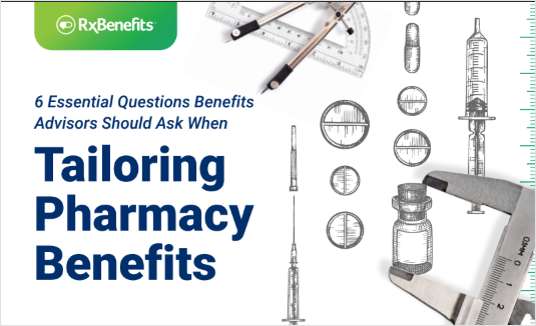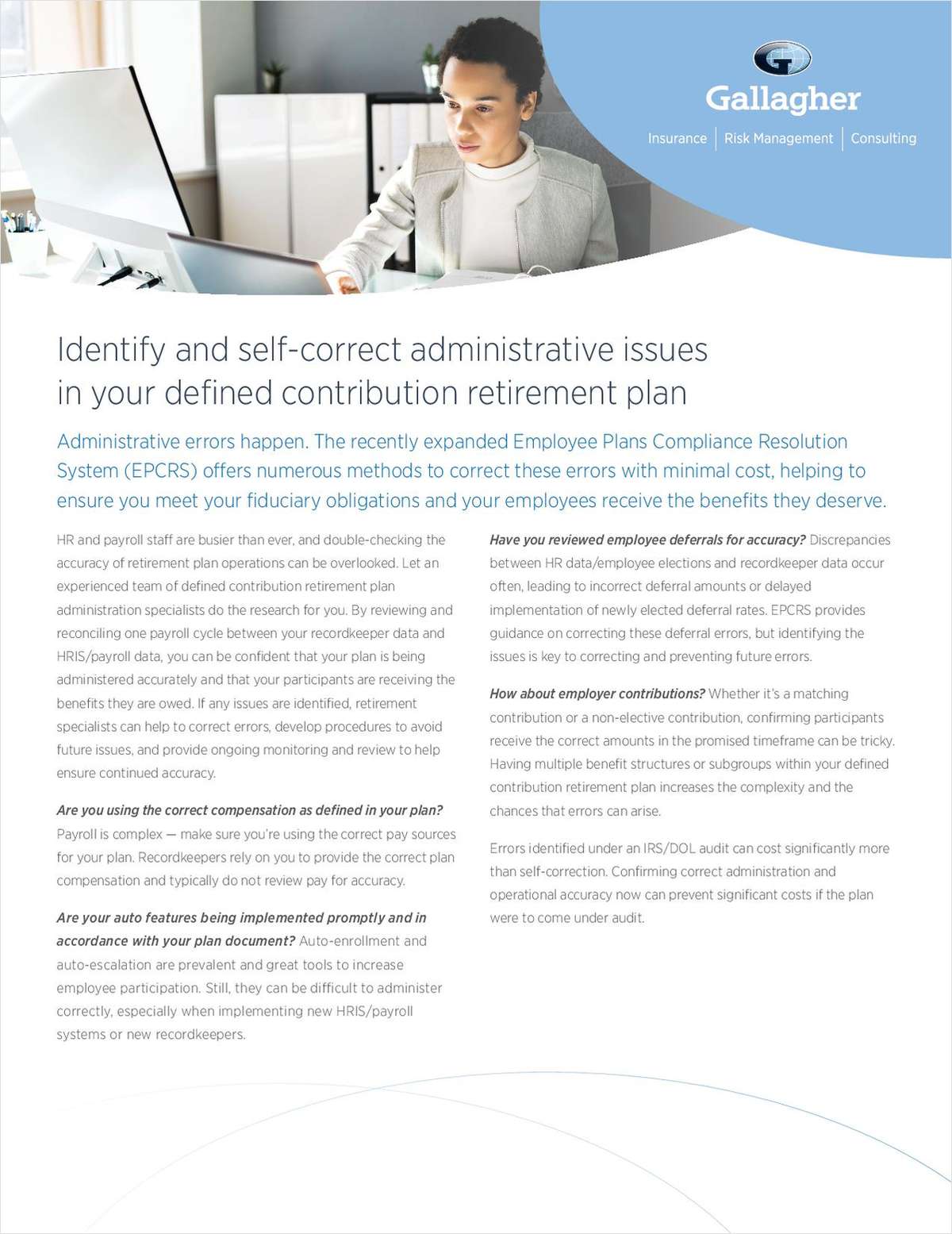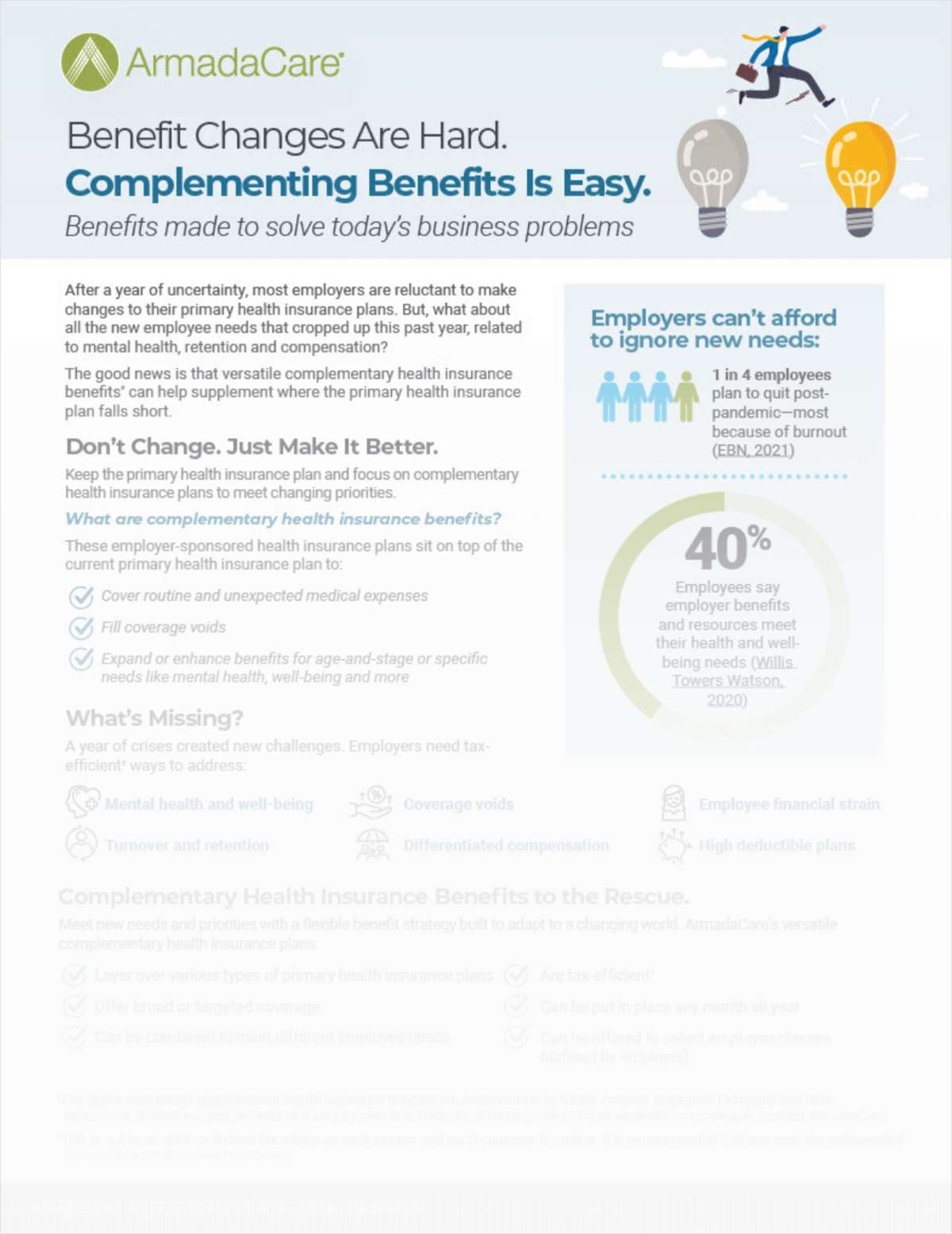Rising obesity rates among U.S. adults is back and it could be bigger than ever.
So far this year, the adult obesity rate is 27.2 percent, up from 26.2 percent in 2012, according to a new Gallup report.
Not only that, but Gallup notes that obesity rates have increased across almost all demographic groups, and the rate is on pace to surpass all annual average obesity rates since Gallup-Healthways began tracking in 2008.
Though the increase over last year seems relatively small, Gallup researchers say the uptick in the obesity rate so far in 2013 is “statistically significant and is the largest year-over-year increase since 2009.”
The new report is bad news amid a federal anti-obesity campaign and previous reports that indicated obesity rates among Americans were becoming stagnant. This year’s rate increase reverses the lower levels recorded in 2011 and 2012 by Gallup, and is much higher than the 25.5 percent who were obese in 2008.
Earlier this year, a Centers for Disease Control and Prevention report showed that childhood obesity, on the other hand, seems to be declining, albeit slightly.
“It is unclear why the (overall) obesity rate is up this year, and the trend since 2008 shows a pattern of some fluctuation,” the Gallup report read. “This underscores the possibility that that the recent uptick is shorter-term, rather than a more permanent change. Still, if the current trend continues for the next several years, the implications for the health of Americans and the increased burden on the health care system could be significant.”
The obesity rate is highest among blacks, middle-aged, and lower-income adults, Gallup found. But rates increased across almost all major demographic and socioeconomic groups, with the exception of 18- to 29-year-olds, among whom the percentage who are obese has remained stable.
The increase in obesity rate was accompanied by a slight decline in the percentage of Americans classified as normal weight or as overweight but not obese.
Researchers noted that the Patient Protection and Affordable Care Act may help reduce obesity among low-income Americans if the uninsured sign up for coverage and “take advantage of the free obesity screening and counseling that most insurance companies are required to provide under the law.”
They also noted that employers can take an active role to help lower obesity rates (and cut health care costs) by developing and implementing strategies to help workers maintain or reach a healthy weight.
Researchers calculated these percentages based on 14,000 interviews conducted between Jan. 1 and Oct. 28 of this year.
Complete your profile to continue reading and get FREE access to BenefitsPRO, part of your ALM digital membership.
Your access to unlimited BenefitsPRO content isn’t changing.
Once you are an ALM digital member, you’ll receive:
- Breaking benefits news and analysis, on-site and via our newsletters and custom alerts
- Educational webcasts, white papers, and ebooks from industry thought leaders
- Critical converage of the property casualty insurance and financial advisory markets on our other ALM sites, PropertyCasualty360 and ThinkAdvisor
Already have an account? Sign In Now
© 2024 ALM Global, LLC, All Rights Reserved. Request academic re-use from www.copyright.com. All other uses, submit a request to [email protected]. For more information visit Asset & Logo Licensing.








